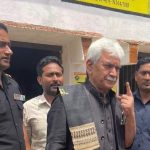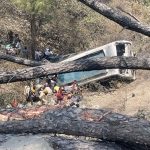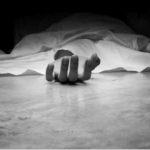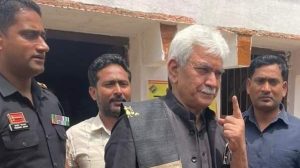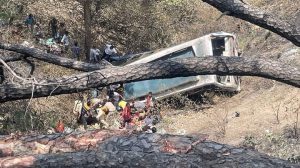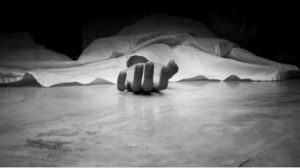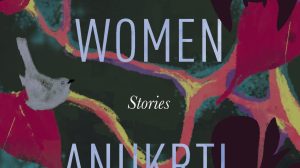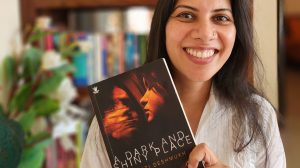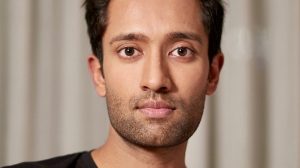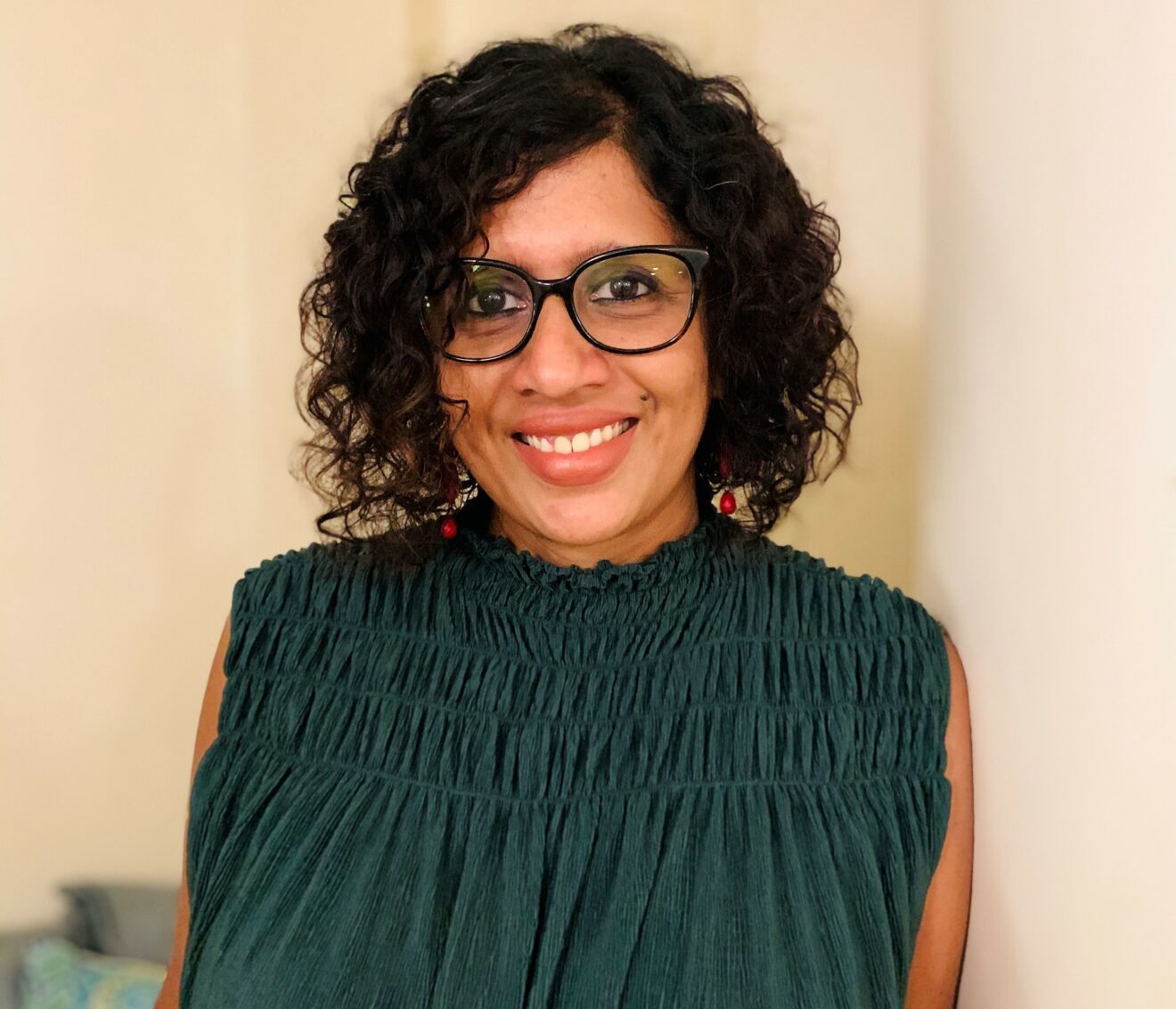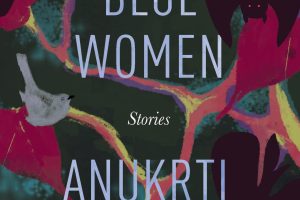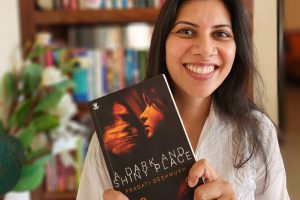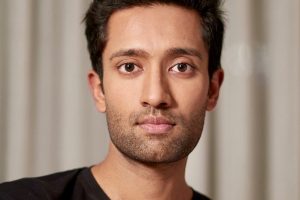The book “Independence Day: A People’s History” by Veena Venugopal makes history of the Indian Independence Day come vividly alive, reminding us that behind the facts and the big dates lie the beating hearts of countless Indians who created history together.
Seventy-five years ago, India attained its independence. What was it like to be an ordinary citizen during that time? How did they celebrate the first Independence Day? What was the atmosphere like on the streets, in cities and towns and faraway villages? How did the people feel? And how do they feel today about the country they witnessed being born?
In this extraordinarily moving book, fifteen Indians from across the country tell their stories of their first Independence Day– some were no more than four or five, others, young adults about to enter college.
Read an excerpt from the book below.
Editor’s Note: The following excerpt has been taken from the Introduction of the book.
One Independence Day, a few years ago, a photograph of a school in remote Assam made the rounds. It showed two frail teachers and two tiny students, standing ramrod straight in chest-deep water, saluting the national flag. There had been a flood that day, but it did not stop the teachers in this school from raising the national flag, nor did it stop young Haider Ali Khan and his friend from wading through dangerous waters and reaching the school for the event.
The ferociousness of the boy’s patriotism, augmented by the utter poverty of the surroundings, at first, made me tear up, and later, filled me with shame. Most of us in the country take our freedom for granted. ‘This is my house,’ we say easily, or ‘This is my street.’ And just as easily, ‘This is my country.’ We use these arguments when it is convenient to us, an easy means to assert our rights. Our freedom has cost us nothing and perhaps that is why we don’t feel the need to wade through floodwaters to attend the hoisting of a flag. Ours is a complex and complicated country – it provides us convenient excuses. And we are beginning to forget what it took to get here.
India’s freedom was a cherished victory after nearly two hundred years of struggle. Hundreds of thousands paid for this with their lives. They battled for their dignity, to be treated as equals, as fellow human beings. On 15 August 1947, there were some three hundred and fifty million Indians. Most of those three hundred and fifty million have died, but some are still alive. Who were they? What are their memories of that extraordinary moment? And how do they feel about the country they saw birthed? This is what this book is about.
This generation is now at least seventy-five years old. By the time they were born, in the late 1930s and early 1940s, the freedom struggle had taken centre stage in everyone’s lives.
They were the ones trotting along beside their mothers and fathers, marching to the town hall. It was their elder siblings who were learning national songs and inspiring others to join the movement. The country was a dream, a fantasy their parents spun when they put them to sleep.
A year ago, I began this pursuit to find out what ordinary people made of the first Independence Day. Did they think they would go to sleep one night and wake up to a brandnew reality the next day? Were they part of the ‘wild scenes of jubilation in Delhi’ and the ‘frenzied enthusiasm in Bombay’? as was reported in the newspapers the following day.
Were they unquestioning devotees of the leaders of the freedom movement and did they think they would submit themselves to the cause of building a new country? I wanted to know the stories of Independence Day that the history books do not tell us.
The first step to finding these narratives was to cast a wide net. The base criterion was simple. The person had to be over seventy-five years of age. This was easy enough. But people who are seventy-five or seventy-six were too young to remember anything from that time. So I narrowed it down to those who were at least four or five years old in 1947, ideally older. Next, I wanted to make sure I covered various parts of the country.
The most evocative stories of common people from that time are usually about the Partition. But I also wanted to know what happened in Madurai on that day. And Champaran. Baroda. Palakkad. Mysore. What was the Muslim experience like? How different was it from that of the Hindus? What about the Dalits? How did their story pan out?
Most people I spoke to were children at the time of independence. A few were young adults. But even so, the rhetoric of the movement was so pervasive that they all knew about it. In Lahore, Sarabjit Singh could sense the disquiet of impending Partition based on the anxiety in the adults’ conversations he overheard.
Ambika Menon, in Kerala, was privy to a wide range of debates and discussions about the freedom movement as her uncles, mother and grandmother discussed the headlines each day. The newspaper was distributed upon arrival, with each person getting a page before swapping them around.
In much of North India, pre-Partition riots stained the euphoria of the prospect of independence. But Girija Viraraghavan did not hear about it even though she was in a big city like Bombay. The further you went from Punjab and Bengal, the milder was the impact of communal tension. Perhaps the age of these storytellers, too, is relevant. In Champaran, Narendra Bhagat reasons his parents did not talk to him about the killings and massacres because they felt he and his siblings were too young to be exposed to it.
Parts of South India were particularly insulated from the churn of the freedom movement. S. Vedapuri, who grew up in the North Arcot district, and later went to Madras for college, had never seen a white person. Britain’s occupation of India was merely conceptual to him, and he could not visually corroborate its existence. In Thiruvannur, Singaravelu Venkatachalam too had trouble imagining who the British really were.
‘People are trapped in history and history is trapped in them,’ said James Baldwin. The idea of this book is to pry out the history that is trapped in people. We have all read accounts of the first Independence Day, watched grainy footage of Pandit Nehru and Lord Mountbatten making their way through thronging masses at Red Fort. Everyone was celebrating, we thought. This was a moment that presumably united us all. That was far from the case.
Ved Prakash Malhotra, who lived less than five kilometres away from where Nehru was speaking, had no idea the event was happening. He and his family were busy patrolling their streets and trying to keep themselves safe. In Mysore, S. Narendra and his family held a clandestine celebration on 15 August 1947. The maharaja of Mysore was yet to accede to the Union and celebrating India’s independence was not allowed in the princely state.
In Krishnanagar in Bengal, Tarun Kumar Roy celebrated Independence Day twice: on 15 August 1947, they hoisted the Pakistan flag since that part of the country fell on the other side of the border, and then four days later, the district was reassigned and they held a second ceremony, this time as part of India. Sarabjit A. Singh and his parents were distraught on the day. They had lost everything in the Partition and did not see any reason to celebrate. India is a diverse country, and its responses to Independence Day, too, were equally diverse.
What is common to all the stories though are the icons of the freedom movement. Everyone knew Gandhi and Nehru. Most of my subjects admired and loved Nehru. Some made career and life decisions to help build on his vision for India. Ambika Menon even poked him to make sure he was real! Panditji’s word counted for everything in Saeed Naqvi’s house in Mustafabad, so much so that they were certain the country would never be partitioned.
Gandhi was, of course, the enduring icon of the freedom movement. It felt like he was a part of everyone’s family, Girija Viraraghavan said. Even the news that Gandhi was visiting a town close by was thrilling enough for Venkatachalam. Some were less taken in by him. As a young boy, Ganpat Aiyar was unimpressed when he heard Gandhi speak, he found his voice too thin and lacking gravitas. Yet most of my subjects recall his death vividly, some even more so than Independence Day itself. They all remember with great clarity what they were doing at the time they heard the news.
When you stitch history together from the fabric of lived experiences, it brings to light some unknown stories and brings to life some unreal ones. Memory is the fuel and the folly of oral history. The mind does not have the ability to distinctly differentiate between events seen and those narrated. Some incidents are so significant that they can never be forgotten. Others are knitted together, post facto.
Sahib Singh Virdi can still see the sun set at the end of the day when they started walking from their home in Gorala Lallian to Amritsar. Kumud Pawde can still hear the reverberations of the Sanskrit chants of a thread ceremony that she was not even allowed to enjoy from the streets because of her caste. In Baroda, Ravindra Pandya cannot forget the sight of the man who was injured in the riots after Gandhi’s murder, who bled all the way down the street and into the home of the doctor in the neighbourhood. These events are burnt into their brains.
And yet, memory can be an unreliable friend too. Ambika Menon distinctly remembers the flag being raised in Doon School on 15 August 1947. Yet, when she really thought about it, she wasn’t sure whether it was the snapshot of something that had happened or something that she imagined. Several times, the date of the event and the age that the interviewees thought they were did not line up. Most people thought they were older than they were at the time, implying that they had woven a later understanding of the event to what they had actually seen.
Others like Tarun Kumar Roy remembered and recorded everything, even the name of the village drunk. Despite some inconsistencies, in speaking to these people, who are a couple of generations removed from the internet and mobile phones, it was astonishing to me how much they could recall. Maybe, there were fewer distractions. Maybe, the nation was a bigger cause to them and documenting its history, even if just for their own selves, was an important task of the citizenry. Oral history is not to be confused with recorded history; it is not a replacement to what is in the books, but a supplement to them. These are the stories of incidents remembered, not events recorded. Memory is fallible and often hope, dreams and aspirations thread through it.
As this generation grew up, the country grew older. Some of the early promises were forgotten. There was often some calamity or the other. But there were celebrations too. The country accomplished a lot. On some aspects, it moved fast; on others, it floundered. And somehow, here we are, seventy-five years later.
My own relationship with the country has been complicated. This last decade has made it even more so. The political and social polarization seems daunting now, irreversible even. I often wonder where this is going to end. Will there be a civil war? Will we prioritize and deal with climate change? Will the neighbourhood remain safe? Will we have to go to war? What about my child? What kind of a country will she inherit? Most mornings when I scan the headlines, I feel a sense of betrayal, of defeat.
Yet, in speaking to the people featured in the book, what I mostly encountered was optimism. They had seen and sacrificed so much, faced so many disappointments and yet they were overwhelmingly optimistic. There are issues, they conceded, but we need to solve them and not be weighed down by them. We are old, most of them seemed to suggest, but the country is young. It will get there, they urge, and we will find a way. In listening to them, the full extent of my own cynicism was revealed to me. Their accounts inspired me to look around myself with a little more enthusiasm, to not be afraid to roll up my sleeves and get down to the business of making the country a better place. Be patient, they said. And passionate. Neither is easy, but if anything is worth it, I daresay, it is this country.
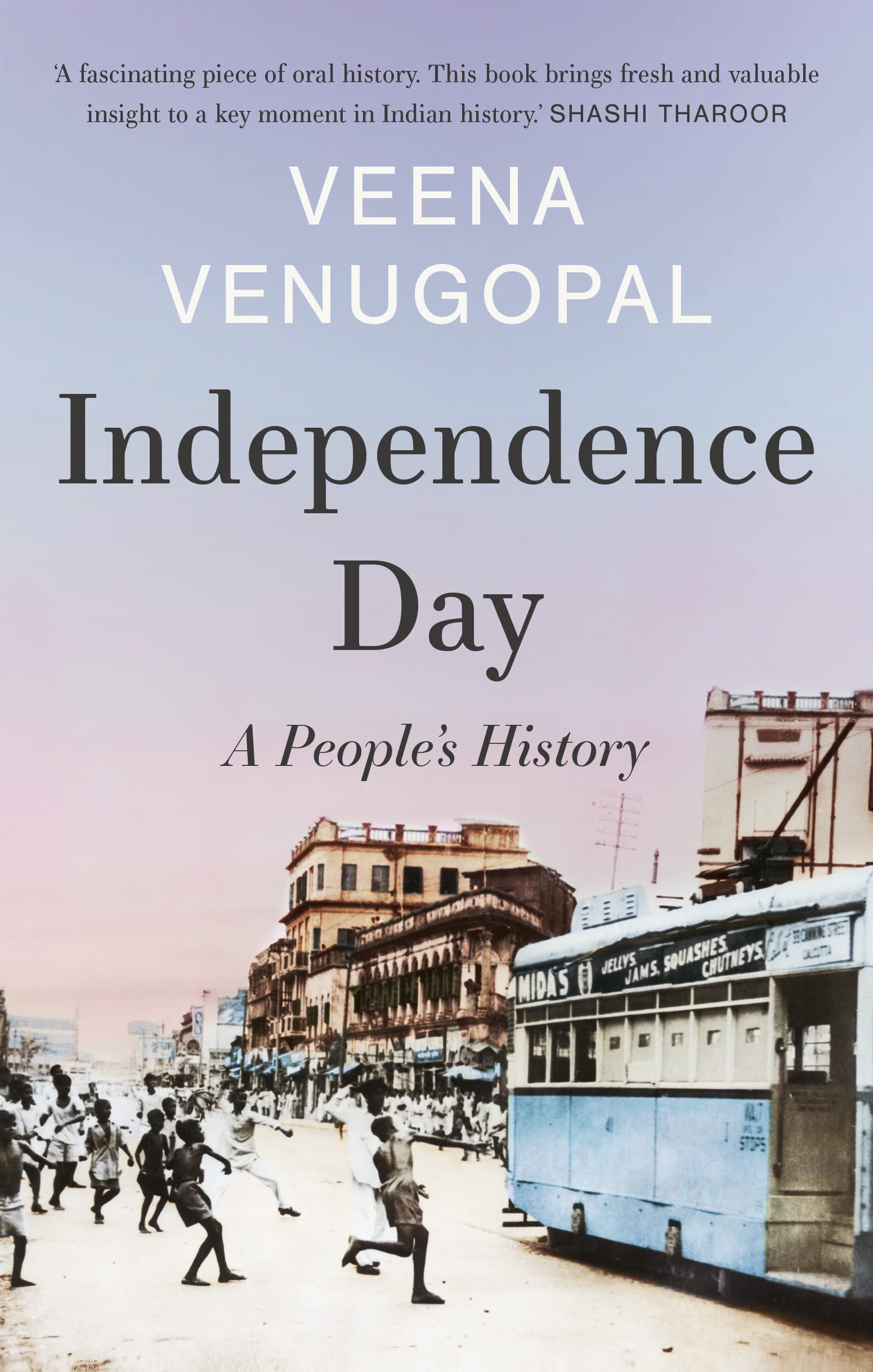
Excerpted with permission from Independence Day: A People’s History, Veena Venugopal, Juggernaut Books. Read more about the book and buy it here.
